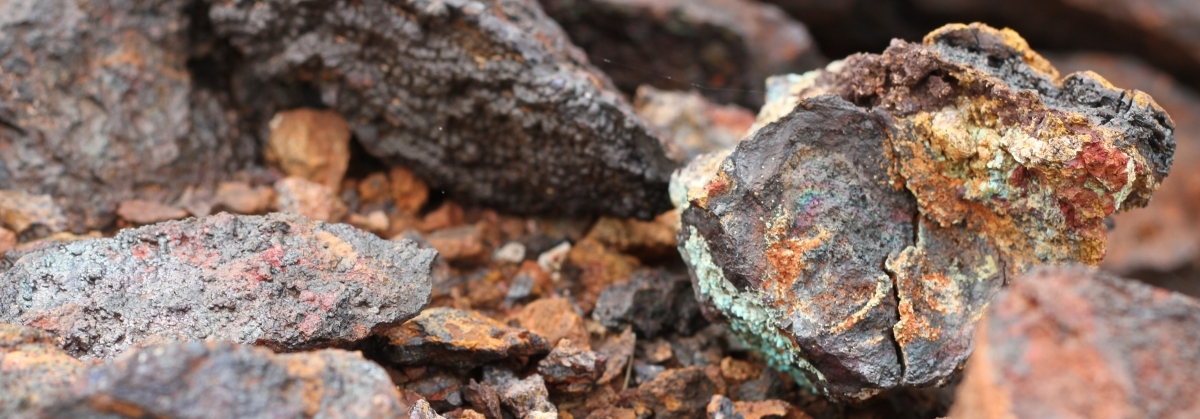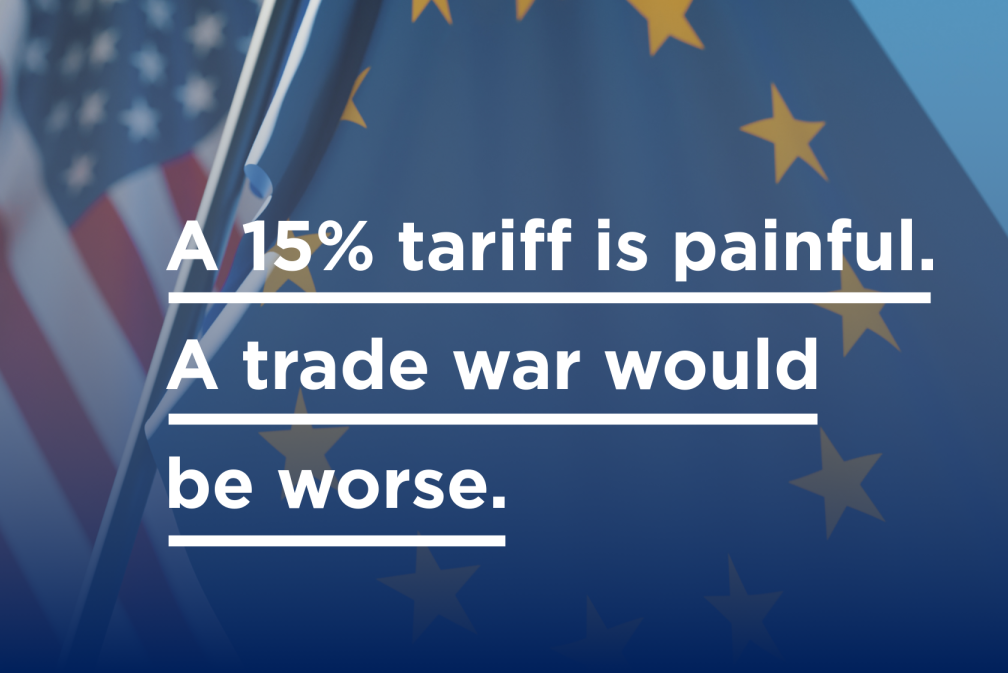If the European Commission's upcoming proposal of the Critical Raw Materials Act is drafted and implemented correctly, the EU has the opportunity to increase, diversify and stabilise the bloc's supply of CRMs, while ensuring their sustainable and responsible extraction and use. But what makes these materials so invaluable to a digital and sustainable future?
Take trucks. Or, as they’re known in the policy world, heavy duty vehicles (HDVs). As part of its Fit for 55 climate package to reduce bloc-wide carbon emissions 55% by 2030, the EU recently released its revised fleet targets for HDVs, which call for a dramatic reduction in emissions in the coming decades. The EU is right to set lofty upstream targets for reducing emissions, but it also must have a plan for securing the downstream materials necessary to achieve them.
To meet these targets, industry is committed to stepping up the production of battery electric or fuel cell trucks, technologies that require raw materials , mainly lithium – but also nickel, manganese, and graphite. The problem is, these materials are in short supply in Europe, leaving the EU to look for sources in third countries, particularly in Asia, that are themselves already engaging in the global race for sustainable technologies and the CRMs that underpin them.
Without a sufficient and diverse supply of CRMs, lithium-ion batteries available in Europe could be more expensive, putting an extra pressure on manufacturers in Europe and challenging the EU’s ability to decarbonise its transport sector. A study by KU Leuven has shown that lithium supply alone would have to grow by a startling 2,000% in the EU to meet the bloc’s 2050 climate ambitions. However, that eye-popping number could be matched by swift action at the EU level, giving the bloc the resources it needs to achieve its sustainability goals.
The same is true for digital display technologies – critical not only for everything from your phone screen to the sign at the bus stop, but also for the EU’s plan to take 100% of key public services online by 2030. Here, the EU runs into a similar problem: manufacturers need a greater supply of rare-earth elements like neodymium and samarium – elements whose global demand experts predict will rise up to 101% by the end of the decade. Digitising the European economy requires not only innovation in industry but innovation in EU policymaking as well to ensure that the everyday technologies business and consumers rely on don’t go unmade.
There are countless other examples of the critical role that critical raw materials have in the 21st-century economy – the hint is in the name. While their impact is often unnoticed by end users, CRMs are invaluable to the technologies we use today and those that will power the green and digital transitions.
For this reason, the Commission is right to propose a Critical Raw Materials Act. The EU should swiftly begin promoting streamlined domestic extraction efforts while working with international partners and multiple like-minded third countries to increase and diversify its supply of CRMs. Here, EU-US partnership will be particularly important – transatlantic leadership on the global stage can ensure sufficient CRM supply for industry on both sides of the Atlantic. The recently announced EU-US dialogue on deepening cooperation to diversify, strengthen and secure critical mineral and battery supply chains is a good first step.
Just as crucially, EU CRM policy should in itself be sustainable, by promoting circularity and recycling and also championing responsible extraction efforts across the globe. Only by securing buy-in from all stakeholders, not least local communities, can EU CRM sourcing be effective for the long-term. Industry has long been a leader in this effort and continues to support high social and environmental standards for its CRM projects.
For every sector – from transportation to manufacturing and everything in between – to meet the bloc’s green and digital ambitions, the EU needs an equally ambitious Critical Raw Materials Act. Read more in our recommendations to policymakers in our position paper.



